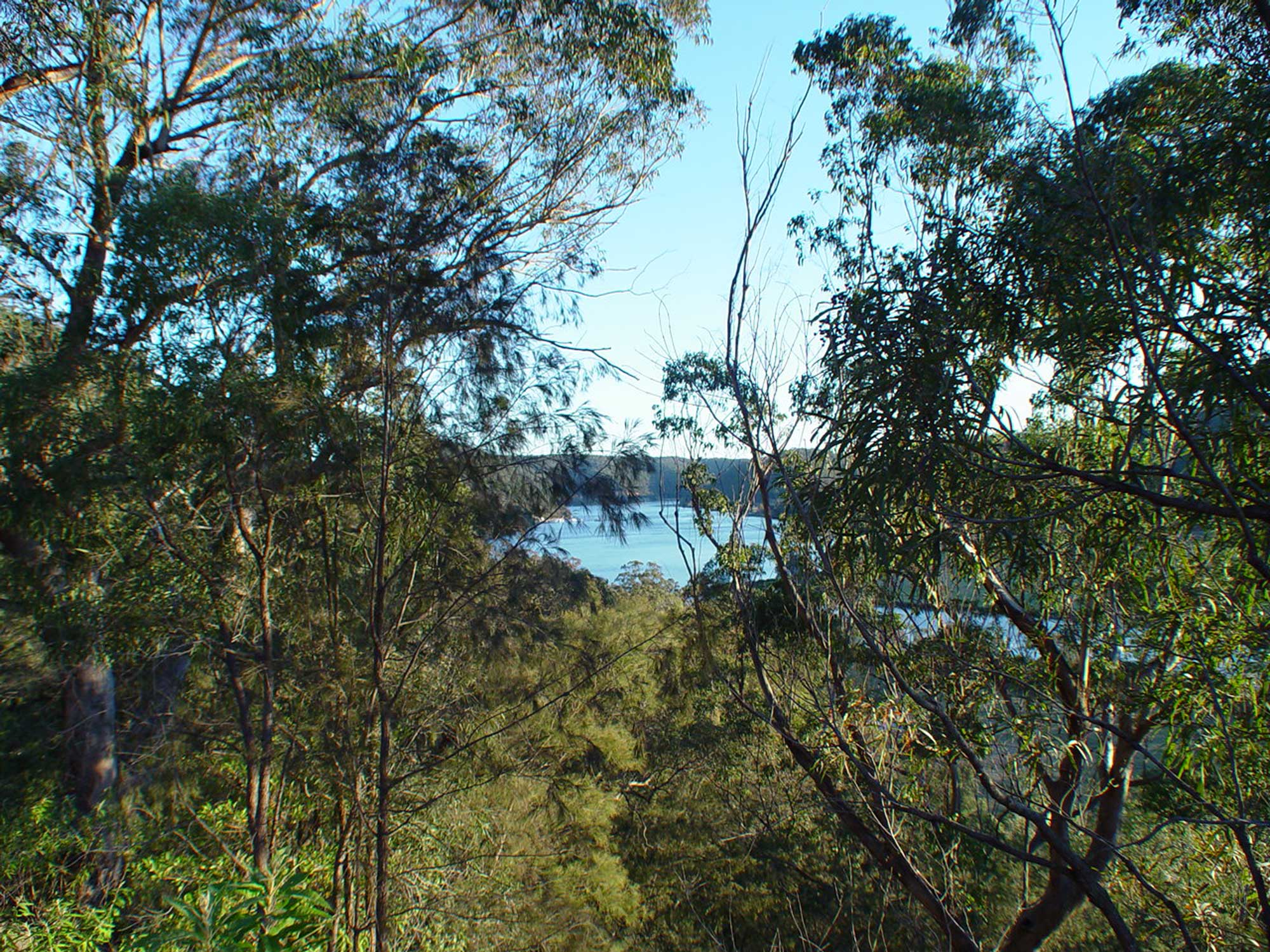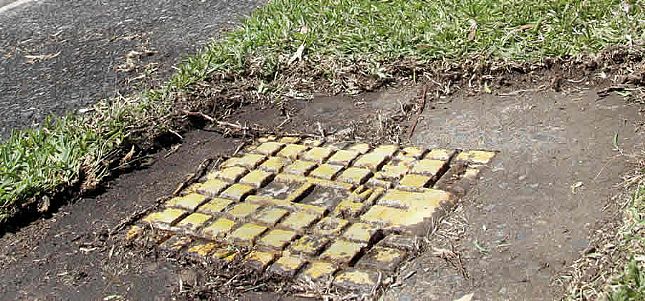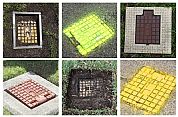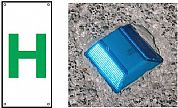News
FRNSW Hydrant Education and Location Program
In NSW Hydrants are located just a couple of feet underground on either a road or pathway and have a cover known as a surface fitting.
In residential areas, hydrants are positioned approximately 50 – 100 metres apart depending on the lay of the land and provision of other services such as phone lines, power and gas.
What does a hydrant look like?
The covers or "surface fitting" is what you will find when you go looking for your closest hydrant. They come in different sizes and designs. The most common cover or surface fitting is one with the letter ‘H’ on the top and may be coloured in yellow. This is what covers the hydrant and protects it from damage as well as sealing the hydrant pit.
You will find these types in most residential areas. These types of fittings can be located on either roads or pathways.
The hydrant cover should be clearly marked, cleared of vegetation or other obstructions and not parked over at any time.
Find the hydrant using markers
Firefighters use hydrant markers to identify the location of a hydrant. These markers are critical in locating a hydrant in a quick and timely manner during firefighting operations.
Without these markers they would not know where a hydrant is unless they have prior knowledge of the area.
These markers not only assist firefighters in locating a hydrant, but assist Sydney Water also.
The markers are divided into two groups: Primary and Secondary Markers.
Primary Markers
Primary Markers are found on power / light poles and face directly towards the hydrant.
These plates can have the letters H, P or R stamped on them and a series of numbers.
The letters stand for:
H – hydrant
P – pathway
R – road
Primary indicator plates are marked with two sets of numbers. The top number gives the distance (in metres) from the plate to the hydrant and the bottom number gives the size (in millimetres) of the water main.
A black line horizontal through the middle of the marker indicates that the hydrant is located across the road.
Secondary Markers
Secondary Markers can be found on power poles or marks on paths and roadways.
These markers indicate the presence of a primary marker or a hydrant located adjacent to by the blue marker or on the other side by the green ‘H’ marker.
Additionally, white or yellow triangles or arrows may be painted on roads, or blue markers may be fixed to the road to one side of the centre line. Hydrant cast iron cover may also be painted yellow.
Can't find your hydrant?
Hydrants may be hidden or unuseable when;
- Grass or vegetation has grown over the hydrant cover
- Dirt, earth or rubbish has been piled over a hydrant
- Cars are parked on top of a hydrant
- Gardens have been grown over a hydrant
- Hydrants have been relocated due to building construction
- Markers have worn out or been dislodged
- Insects have infested a hydrant
If maintenance or marking is required, report it to your local fire station, council or water authority.
Keep the area around the hydrant clear of any grass, vegetation, gardens, rubbish and dirt. 30cm around the hydrant cover is adequate.
Don’t place large heavy objects on top or next to the surface fitting.
Ensure no one parks over the hydrant at any time.
If you feel something is not right or just want answers regarding hydrants, or if you see a marker or markers that are old, unreadable or worn out, signs of insects or if other maintenance might be required contact your local fire station, council or water authority and report it.
These people are trained in hydrant systems and will provide you with assistance.
This article archived 9 Apr 2017


















